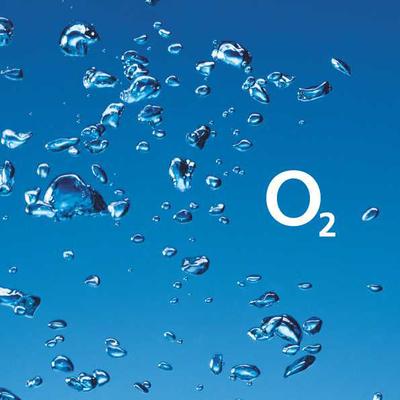The discovery of oxygen is attributed to the combined efforts of several scientists in the 18th century, each contributing uniquely to our understanding of this vital element.
- Joseph Priestley, an English clergyman and chemist, is often credited with the discovery of oxygen on August 1, 1774.
- Priestley conducted experiments by focusing sunlight on mercuric oxide (HgO), which released a gas he termed "dephlogisticated air."
- He observed that this gas allowed a candle to burn brighter and longer and supported animal respiration better than normal air.
- Carl Wilhelm Scheele, a Swedish pharmacist, also discovered oxygen independently in the early 1770s.
- Scheele produced oxygen by heating compounds like mercuric oxide and potassium nitrate but published his findings later in 1777.
- Antoine Lavoisier, a French chemist, named the element "oxygen" and clarified its nature through experiments in the 1770s and 1780s.
- Lavoisier debunked the phlogiston theory of combustion and respiration, demonstrating that oxygen is a distinct element.
- He showed that oxygen is a crucial component of air and essential for combustion and respiration.
- Lavoisier's work laid the foundation for modern chemistry, providing a clearer understanding of oxygen's role in chemical reactions.
- The discovery of oxygen is a collective achievement attributed to Joseph Priestley, Carl Wilhelm Scheele, and Antoine Lavoisier.





Comments